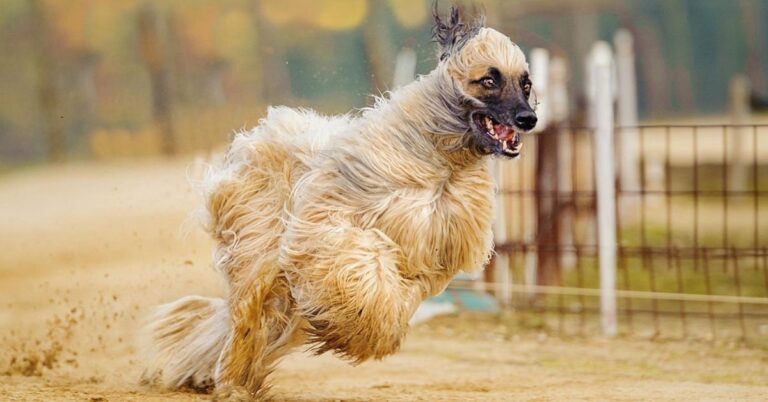10 Highlights Of The Stabyhoun’s Rich Dutch Heritage And Character
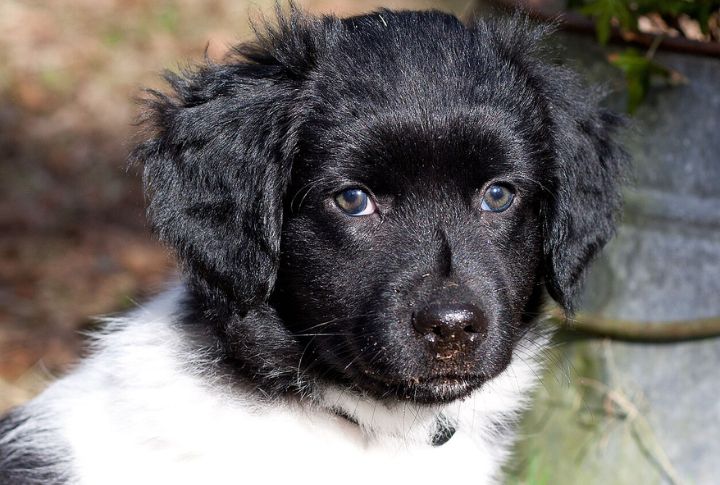
Quiet breeds often hold the most surprises. The Stabyhoun doesn’t bark for attention but shows its unique personality through a rich mix of history, skills, and temperament. Rooted in centuries of practical work, each point ahead reveals what makes this Dutch breed truly stand out.
Rare Dutch Heritage
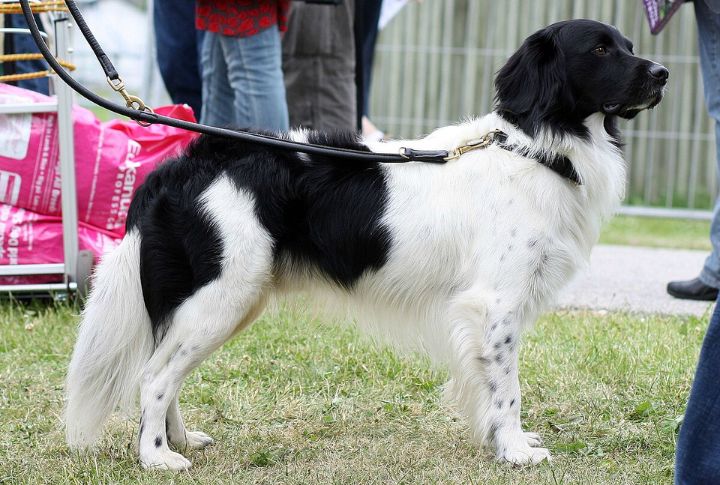
Born in the province of Friesland, the Stabyhoun has existed since at least the early 1800s. It was never bred for popularity, only for function. That’s why, even today, global numbers remain under 7,000. This breed wasn’t exported widely until the 2000s, which helped preserve its original working dog lineage.
Gentle Family Nature

There’s a reason Frisian farmers trusted this breed inside their homes. Even-tempered and emotionally intuitive, the Stabyhoun bonds quietly and deeply with its people. It doesn’t demand constant attention or create chaos. Instead, it slides naturally into family life: protective of kids and always tuned in.
Multi-Purpose Skills

One dog for multiple jobs, those were the marching orders. The Stabyhoun hunted moles, guarded property, retrieved ducks, and even pulled carts in leaner times. This wasn’t versatility by accident; it was survival. That diverse skill set shaped the breed’s intelligence and calm confidence seen in modern lines.
Strong Work Ethic
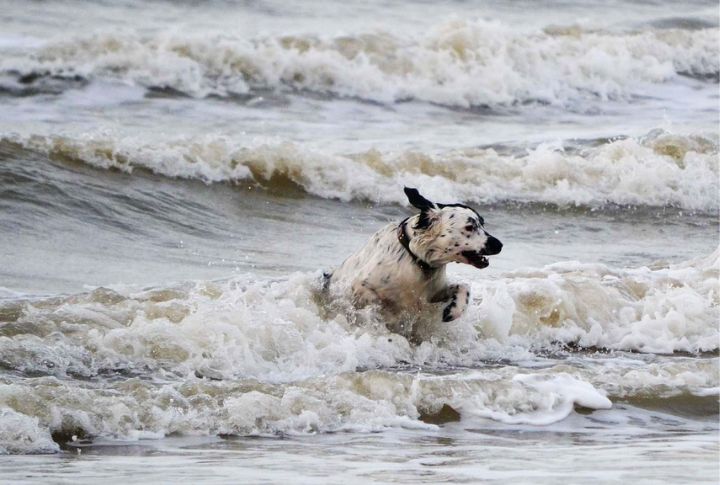
What keeps this breed mentally sharp is having something to do. The Stabyhoun thrives on task-oriented engagement. Left idle, it doesn’t stir up mischief but slowly loses that spark. Give it structure, and it steps into the role with quiet enthusiasm, finishing what it starts every time.
Distinctive Appearance

At a glance, it resembles a spaniel, but look closer. The feathered coat and expressive face mark it as something different. Stabyhouns typically have black-and-white coats, though brown and orange exist in limited numbers. The coat is low-odor and water-resistant, perfect for long hours in the Dutch countryside.
Soft-Mouthed Retriever

This is the kind of dog that returns a duck unbruised. The Stabyhoun developed a soft mouth naturally through its dual role in hunting and retrieving. Unlike breeds trained through rigid methods, this softness evolved with the work and passed along carefully through generations of rural breeders.
Loyal Yet Independent

Clinginess has never been part of this breed’s character. It stays nearby and watches closely. This independence traces back to its job as a farm dog, where self-direction was essential. The loyalty runs deep; it just doesn’t need constant reassurance to show it. That’s the quiet beauty of this bond.
Quiet Temperament
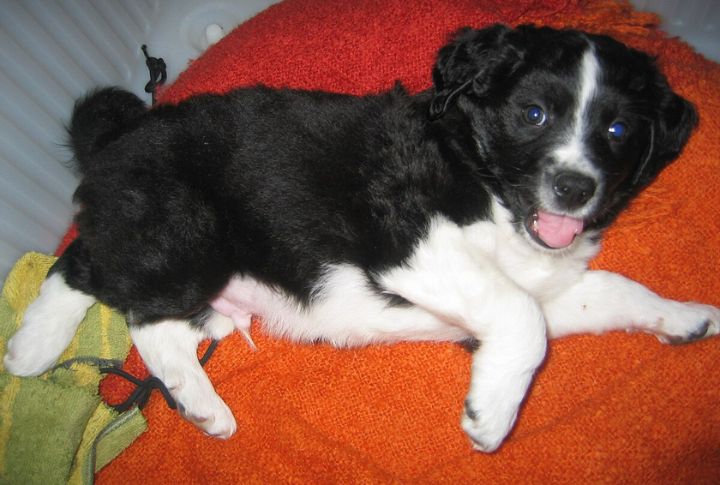
No unnecessary barking, no high drama. The Stabyhoun keeps its opinions to itself unless there’s a reason to speak up. That quiet confidence is rooted in centuries of selective breeding. It was expected to handle livestock and strangers without turning the air into a noise machine.
Moderate Exercise Needs

Daily movement matters, but this isn’t a hyper-driven breed. A brisk walk or light field play usually hits the mark. The breed maintains a balance between energy and relaxation, ideal for homes that offer stimulation without constant chaos. In short, it’s athletic but not attention-hungry or restless by default.
Easygoing With Animals

Multi-animal households don’t scare this breed. Early on, the Stabyhoun shared its space with barn cats and other dogs. That social adaptability still shows today. Proper introductions matter, but aggression rarely enters the equation. It reads social cues well and approaches most new animals with curiosity over confrontation.





